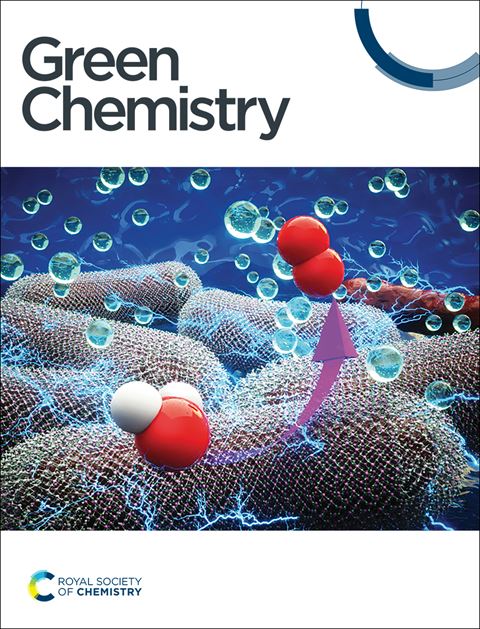Developments in CO surrogates for base-metal-catalyzed carbonylation
IF 9.2
1区 化学
Q1 CHEMISTRY, MULTIDISCIPLINARY
引用次数: 0
Abstract
Transition-metal-catalyzed carbonylation, which introduces CO into organic molecules, is one of the most important tools to synthesize carbonyl derivatives. Despite the considerable synthetic utility of carbonylation reactions, their advancement remains hindered by several critical limitations, including the use of high-loading noble metal catalysts, such as Pd, Ru, and Rh, and use of toxic and environmentally unfriendly CO or metal carbonyl complexes. Taking safety and operability into account, the base-metal-catalyzed carbonylation utilizing various CO surrogates has been identified as an ideal alternative to overcome the above-mentioned challenges. In this research field, the development of small-molecule CO surrogates occupies a central position and has achieved remarkable progress. In this review, we systematically summarize the progress in the development of CO surrogates for base-metal-catalyzed carbonylation reactions. Moreover, this review provides forward-looking perspectives to guide chemists in designing low-cost, more efficient, and environmentally benign CO surrogates, thereby establishing a robust foundation for the wider application of carbonylation reactions in organic synthesis and chemical industry.
碱金属催化羰基化CO代物的研究进展
过渡金属催化羰基化反应是合成羰基衍生物的重要手段之一,它将CO引入有机分子中。尽管羰基化反应具有相当大的合成用途,但其进展仍然受到几个关键限制的阻碍,包括使用高负载的贵金属催化剂,如Pd, Ru和Rh,以及使用有毒且对环境不友好的CO或金属羰基配合物。考虑到安全性和可操作性,利用各种CO代物的贱金属催化羰基化已被确定为克服上述挑战的理想替代方案。在这一研究领域中,小分子CO代物的开发占据了中心地位,并取得了显著进展。本文系统综述了碱金属催化羰基化反应中CO代物的研究进展。为指导化学家设计低成本、高效、环保的CO代物提供前瞻性视角,为羰基化反应在有机合成和化学工业中的广泛应用奠定坚实的基础。
本文章由计算机程序翻译,如有差异,请以英文原文为准。
求助全文
约1分钟内获得全文
求助全文
来源期刊

Green Chemistry
化学-化学综合
CiteScore
16.10
自引率
7.10%
发文量
677
审稿时长
1.4 months
期刊介绍:
Green Chemistry is a journal that provides a unique forum for the publication of innovative research on the development of alternative green and sustainable technologies. The scope of Green Chemistry is based on the definition proposed by Anastas and Warner (Green Chemistry: Theory and Practice, P T Anastas and J C Warner, Oxford University Press, Oxford, 1998), which defines green chemistry as the utilisation of a set of principles that reduces or eliminates the use or generation of hazardous substances in the design, manufacture and application of chemical products. Green Chemistry aims to reduce the environmental impact of the chemical enterprise by developing a technology base that is inherently non-toxic to living things and the environment. The journal welcomes submissions on all aspects of research relating to this endeavor and publishes original and significant cutting-edge research that is likely to be of wide general appeal. For a work to be published, it must present a significant advance in green chemistry, including a comparison with existing methods and a demonstration of advantages over those methods.
 求助内容:
求助内容: 应助结果提醒方式:
应助结果提醒方式:


